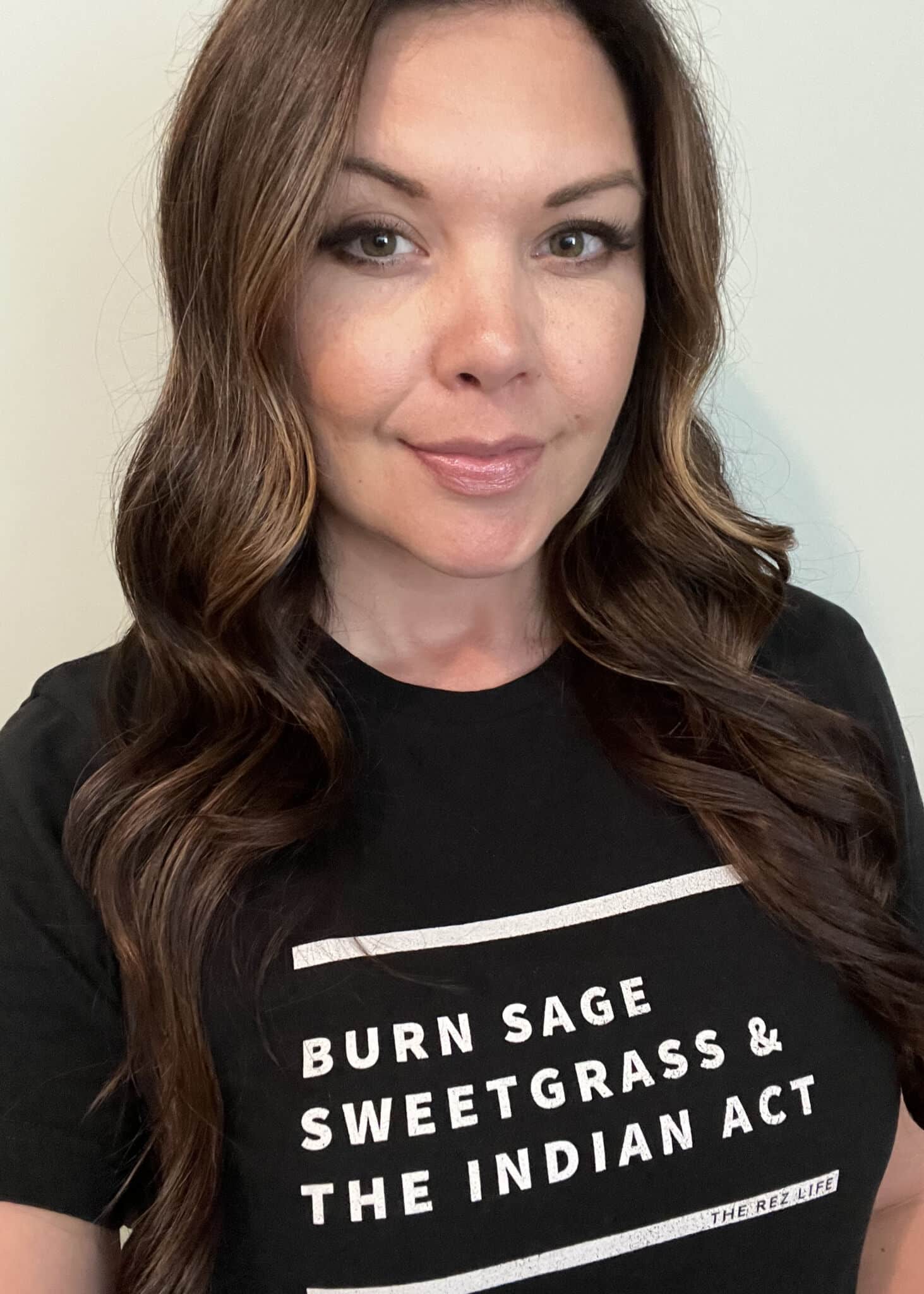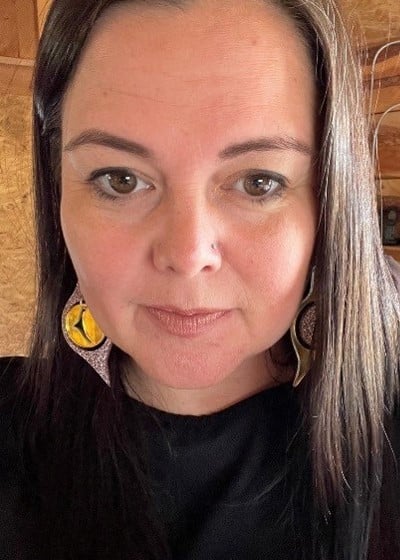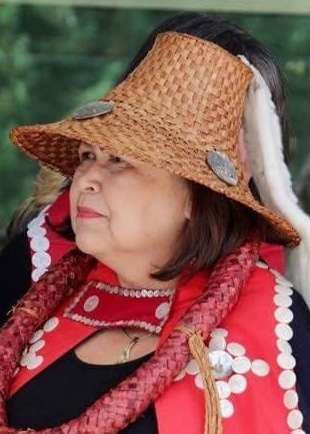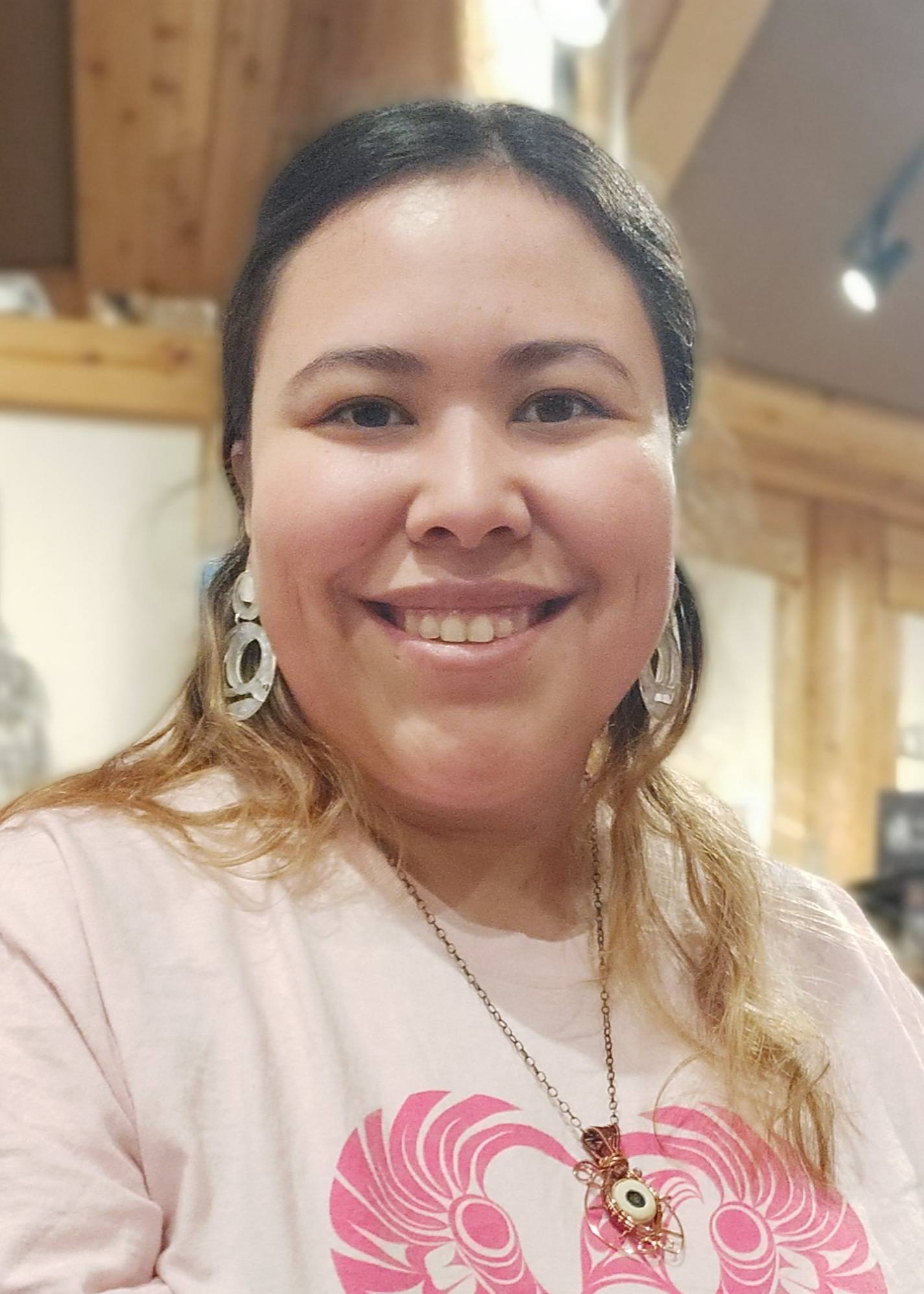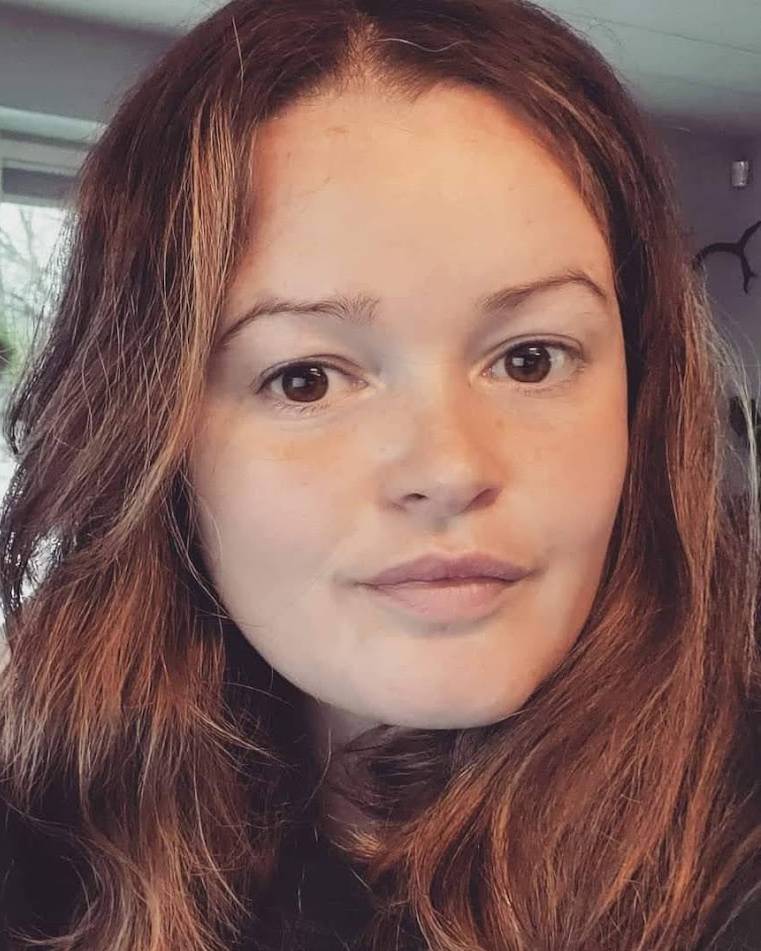Treaty Vision
1. Vision & Objectives
Moving Forward Together, in the context of the K’ómoks Vision and Values, the K’ómoks Treaty has outlined the following objectives:
- Recognizing the K’ómoks aboriginal rights and title and the inherent right to self-government
- Reconciling differences over lands and resource ownership and jurisdiction through a new treaty relationship that is flexible and intended to evolve over time
- Providing for an effective and sustainable K’ómoks self-government through, among other things, a common commitment to capacity building and a new and enhanced fiscal relationship
- Enhancing economic opportunities for K’ómoks, K’ómoks members and the surrounding community
- Preserving, revitalizing, and strengthening of the culture, language, and heritage of the K’ómoks First Nation
2. K’ómoks First Nation Treaty
A K’ómoks Treaty will be different than any treaty negotiated in modern history. Previous treaties required “certainty” which essentially means that aboriginal rights are exchanged or “extinguished” for treaty rights. These older treaties were “Final Agreements” and did not allow for the inclusion of new rights based on new developments in the law, or on innovations in other treaties.
A K’ómoks Treaty will be a living agreement that involves:
- The recognition of Aboriginal Rights and Title, including the Inherent Right to Self-Government
- No extinguishment of rights
- Periodic Renewal which obliges the parties to renew the treaty as a result of changing law and policy or unforeseen circumstances
- The ability to add new aboriginal rights recognized by the courts
- Binding arbitration if the Crown is not negotiating in good faith and the award of “punitive damages” to encourage good behaviour
Key elements of our negotiations to date include:
- A commitment by the Crown to align with the UN Declaration on the Rights of Indigenous Peoples (UNDRIP)
- Self-government, based on the K’ómoks Constitution
- Loan forgiveness
- Prime Lands that could total up to 12,500 acres, including the entire Goose Spit, to K’ómoks
- Co-management/shared governance throughout the KFN territory
3. Treaty Process
K’ómoks First Nation (KFN) has been involved in treaty negotiations since 1994. There are six stages in the BC treaty process. On March 24 2012, K’ómoks signed the Agreement in Principle (Stage 4) with British Columbia and Canada and entered into Stage 5 negotiations. K’ómoks intends to complete its treaty negotiations during the 2021/2022 fiscal year.
More information on the BC treaty process can be found on the British Columbia Treaty Commission website www.bctreaty.ca.
Summary of Treaty
An Overview of the Treaty
The K’ómoks First Nations Treaty will be a living agreement, unlike any other treaty negotiated in modern history. Below you will find information related to the current treaty chapters, an overview of how it will affect the nation, and frequently asked questions related to the treaty process.
K’ómoks First Nation members can access all Treaty information through the Treaty Hawk Communications app.
Please contact treaty@komoks.ca if any questions.
Treaty Team
The K’ómoks Chief and Council have oversight of the Treaty Team and participate in all internal sessions and all tri-partite negotiations with Canada and British Columbia. The K’ómoks Chief Negotiator reports to the Chief and Council. In addition to Chief and Council, members of the treaty team include:



